Asian Stocks Show Mixed Trends Amid Political Unrest
- Asian stock markets show mixed trends; Tokyo and China markets decline while Australia and Taiwan see gains.
- Nippon Steel’s shares fall after U.S. President Joe Biden rejects its bid to acquire U.S. Steel Corp. South Korea’s political landscape is in turmoil as efforts to detain impeached President Yoon Suk Yeol continue.
- Wall Street rallies with the S&P 500 gaining its first increase since Christmas, despite concerns over inflation and potential tariff changes.
The Asian stock market presented a mixed picture as Wall Street emerged from its holiday season slump, with markets in Tokyo and China experiencing a decline. The New Year was ushered in by Japan’s finance minister at Tokyo’s market, which resumed trading after the long traditional holiday. Traders, dressed in suits and kimonos, clapped for good fortune in 2025.
Finance Minister Katsunobu Kato emphasized the Japanese government’s commitment to securing economic growth led by wage increases and investment. He pledged to grasp signs of recovery and ensure that every single citizen can feel the improvement in their salaries.” However, the prevailing sentiment in much of Asia has been caution over potential changes by President-elect Donald Trump, who has vowed to sharply raise tariffs on imports from China and other countries, potentially denting growth for a region heavily reliant on trade.
In a significant development, Nippon Steel was expected to sue after U.S. President Joe Biden rejected its nearly $15 billion bid to acquire Pittsburgh-based U.S. Steel Corp. This decision led to a 0.8% fall in Nippon Steel’s shares in Tokyo on Monday, while U.S. Steel’s shares sank 6.5% on Friday.
Tokyo and Hong Kong Markets Decline
The benchmark Nikkei 225 index in Tokyo lost 1.47% to 39,307.05, while the Hang Seng in Hong Kong declined 0.3% to 19,706.66. The Shanghai Composite index edged 0.2% lower, to 3,206.75. Despite these declines, markets shrugged off a report that China’s services economy grew at its fastest pace in seven months in December, while export businesses declined, according to a private sector survey. The index rose to 52.2 in December, surpassing the 50 level that separates expansion from contraction.
Elsewhere in Asia, the mood was lighter. Australia’s S&P/ASX 200 gained 0.1% to 8,254.60 and Taiwan’s Taiex jumped 2.8%. In South Korea, the Kospi jumped 1.7% to 2,484.27, driven by a 7.1% increase in computer chip maker SK Hynix Inc. and a 2.6% jump in shares in Samsung Electronics, the country’s biggest company.
South Korea’s political landscape was marked by turmoil as the anti-corruption agency asked the police to take over efforts to detain impeached President Yoon Suk Yeol after its investigators failed to take him into custody following a standoff with the presidential security service last week.
Wall Street Rallies, S&P 500 Gains
On Friday, the S&P 500 rallied 1.3% to 5,942.47, reaching its first gain since Christmas and its best day in nearly two months. Strength for Big Tech stocks helped it break a five-day losing streak, its longest since April, and trim its loss for the week to 0.5%. The Dow Jones Industrial Average rose 0.8% to 42,732.13, and the Nasdaq composite leaped 1.8% to 19,621.68.
U.S. stock indexes have vaulted to records after the U.S. economy kept growing despite high interest rates that have helped push inflation nearly all the way down to the Federal Reserve’s 2% target. But even though the economy and job market still look solid, the path ahead is not assured. Part of the reason the S&P 500 set more than 50 all-time highs last year was because of the expectation that the Fed would keep cutting interest rates through 2025, after it began easing them in September.
Traders are now ratcheting back their expectations for coming cuts to rates. Inflation is proving to be stubborn as the Fed tries to wring out the last percentage point of improvement to get inflation down to 2%. Worries are also rising that tariffs and other policies coming from President-elect Donald Trump could put upward pressure on inflation. All the while, critics say U.S. stock prices simply look too expensive after rising so much faster than corporate profits.
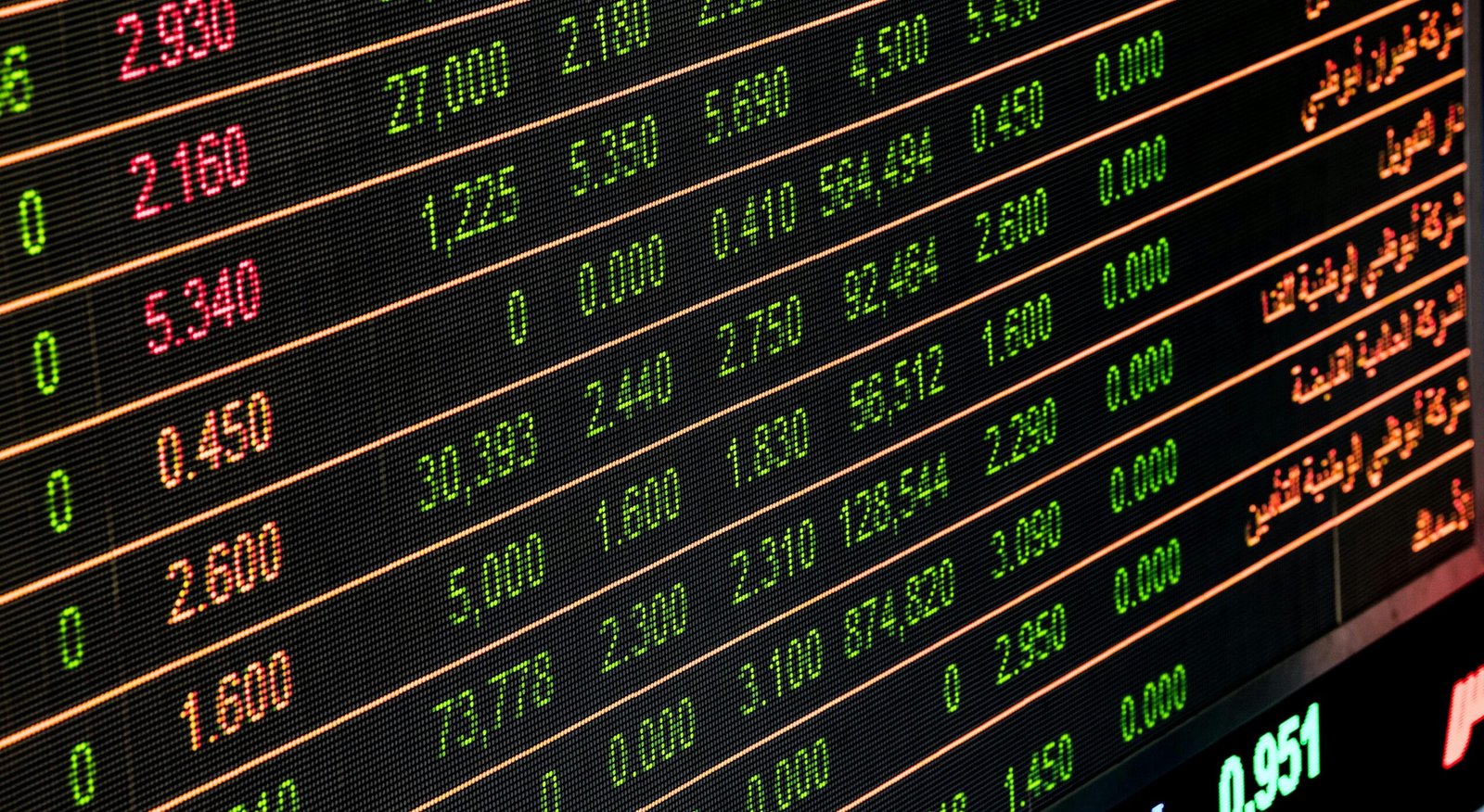
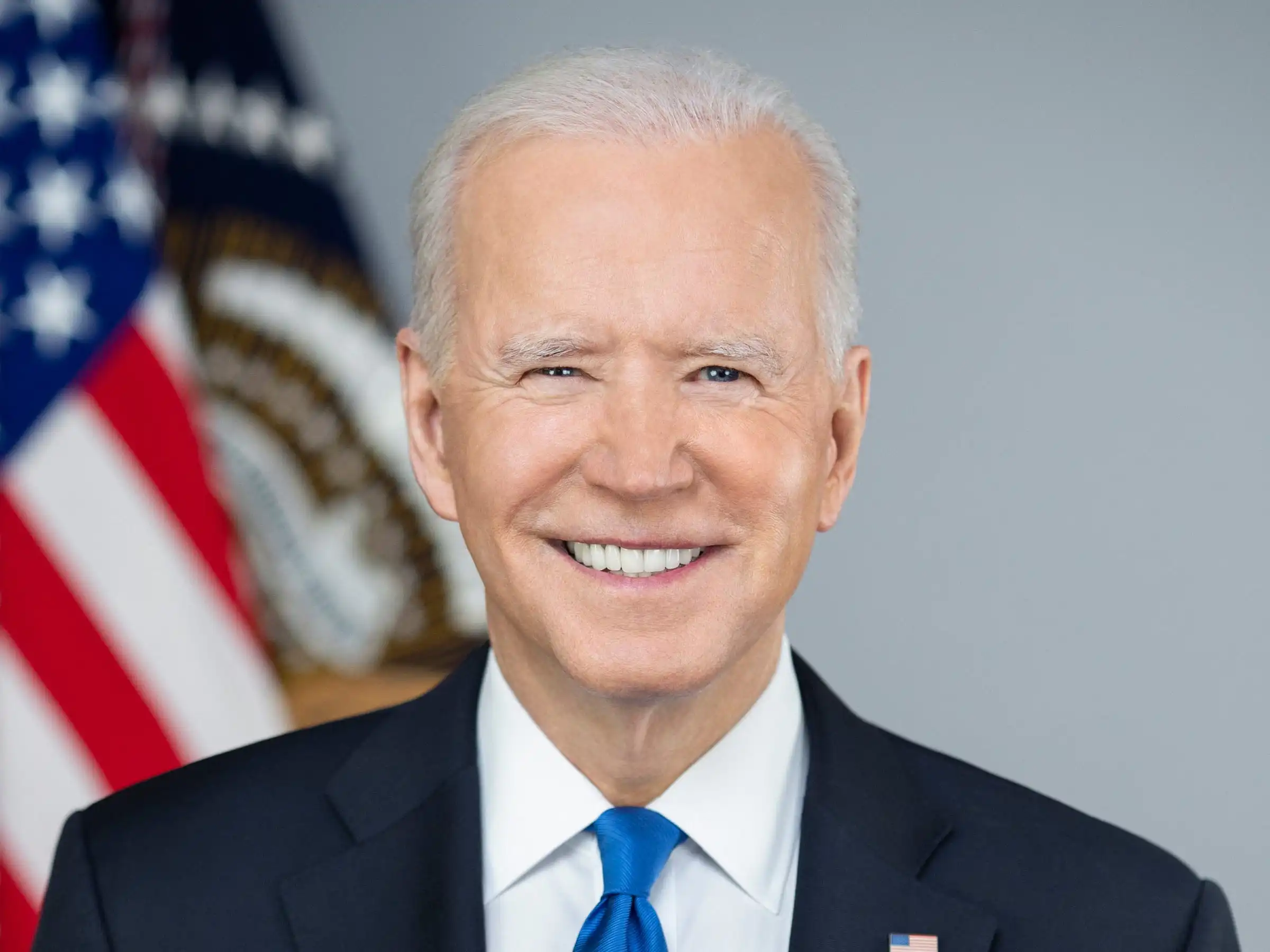
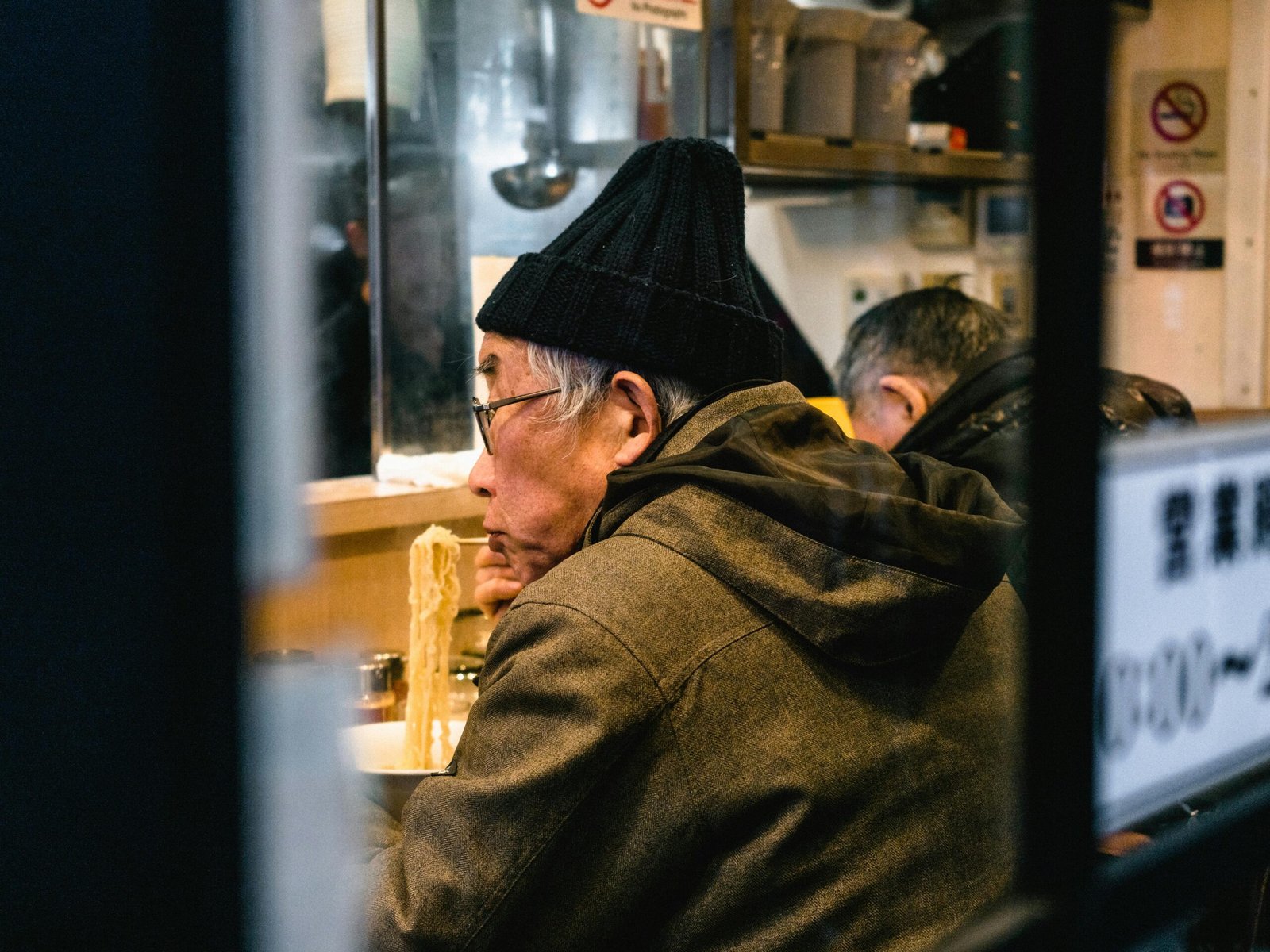
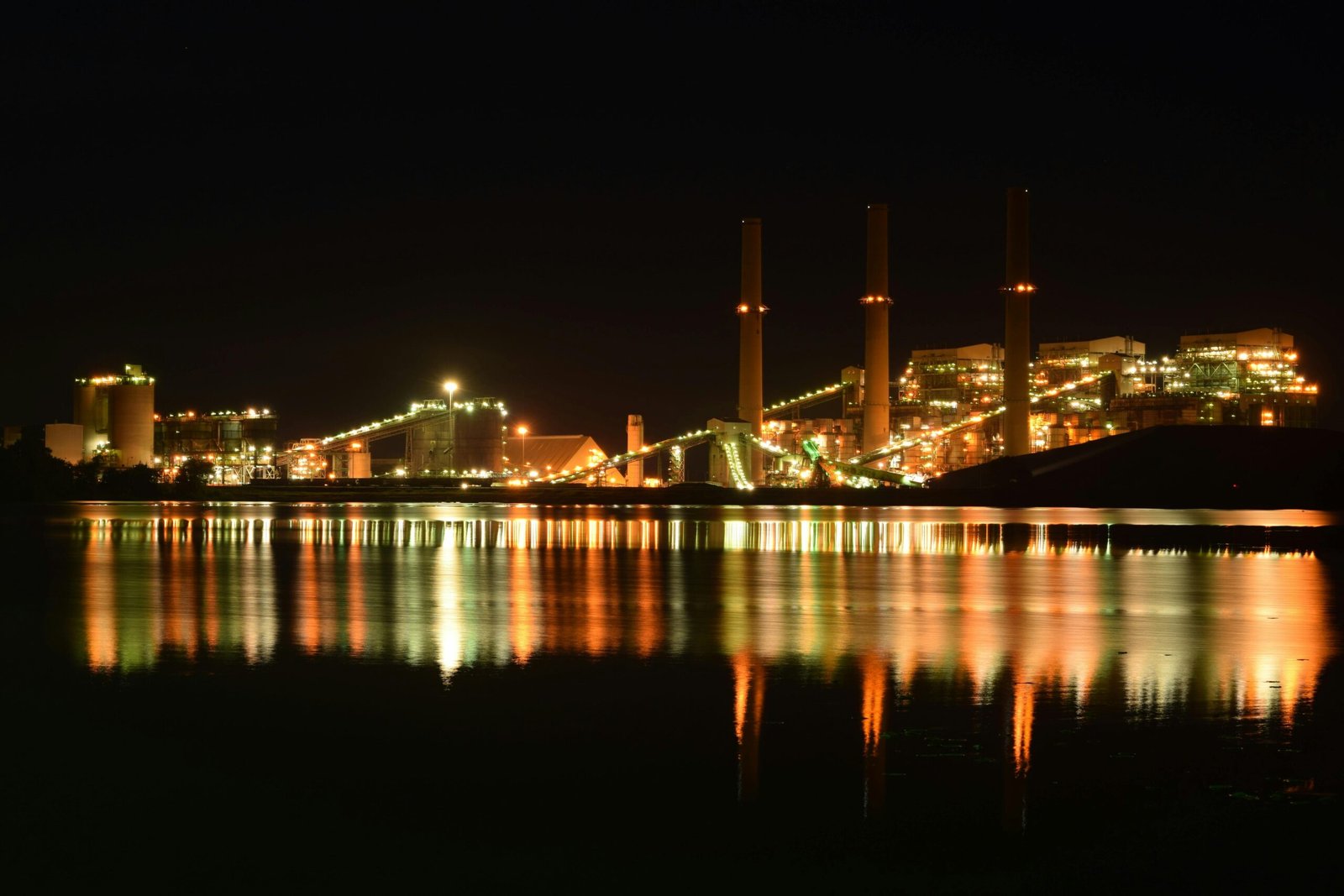


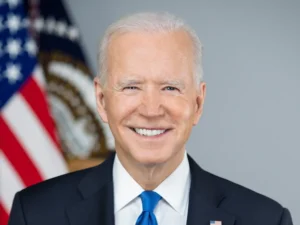





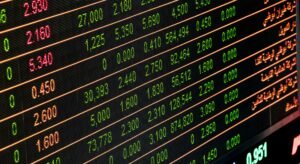
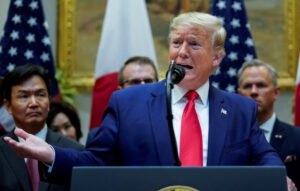
Post Comment